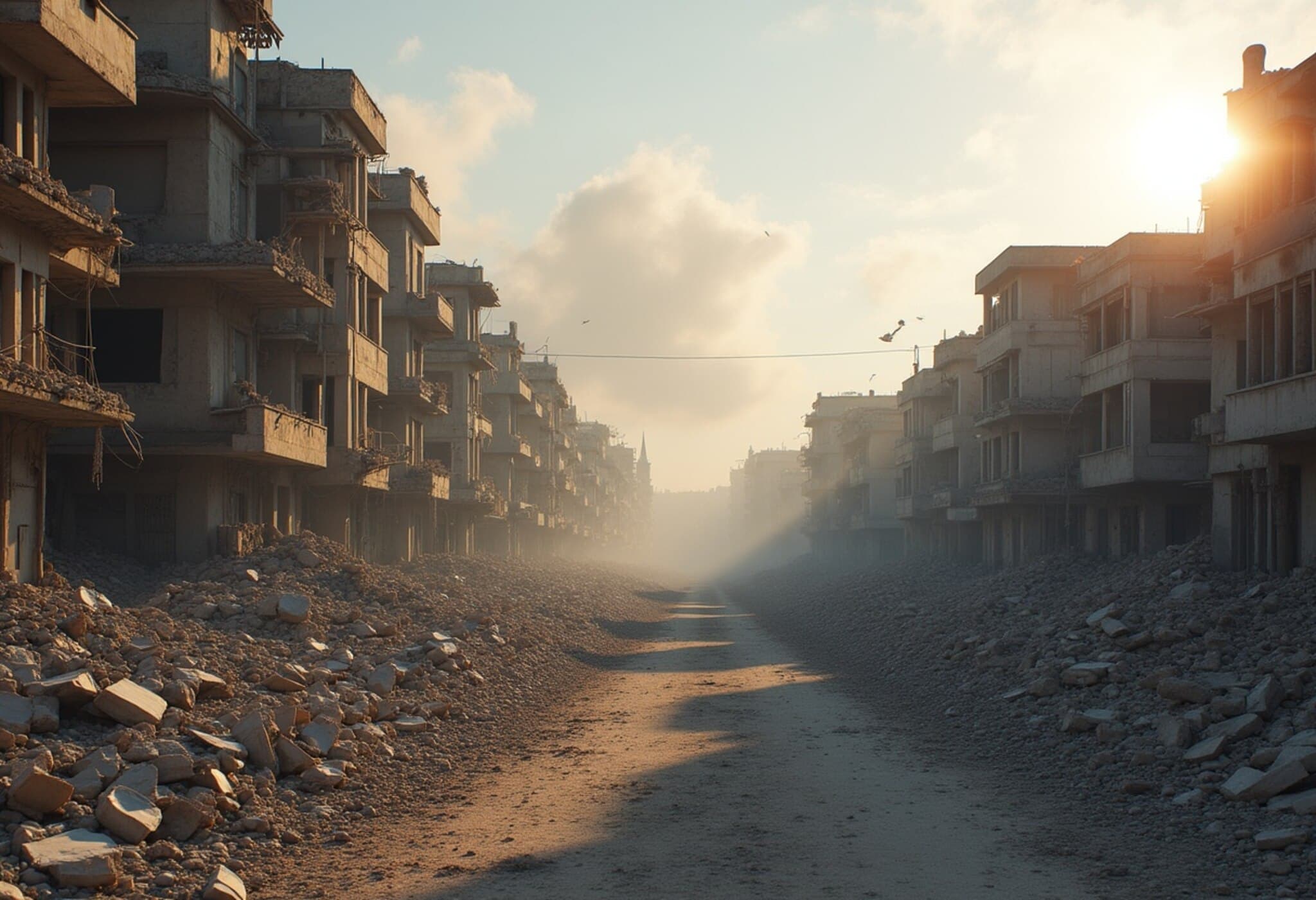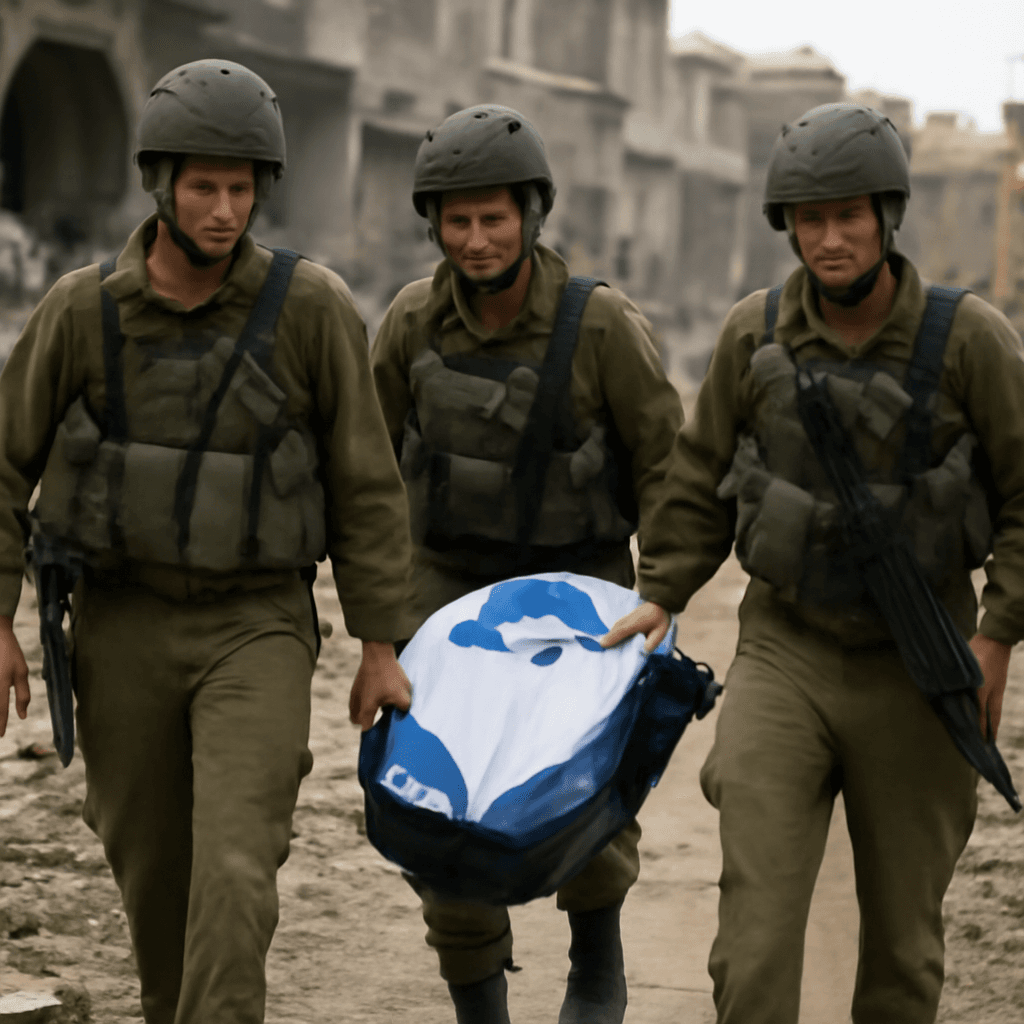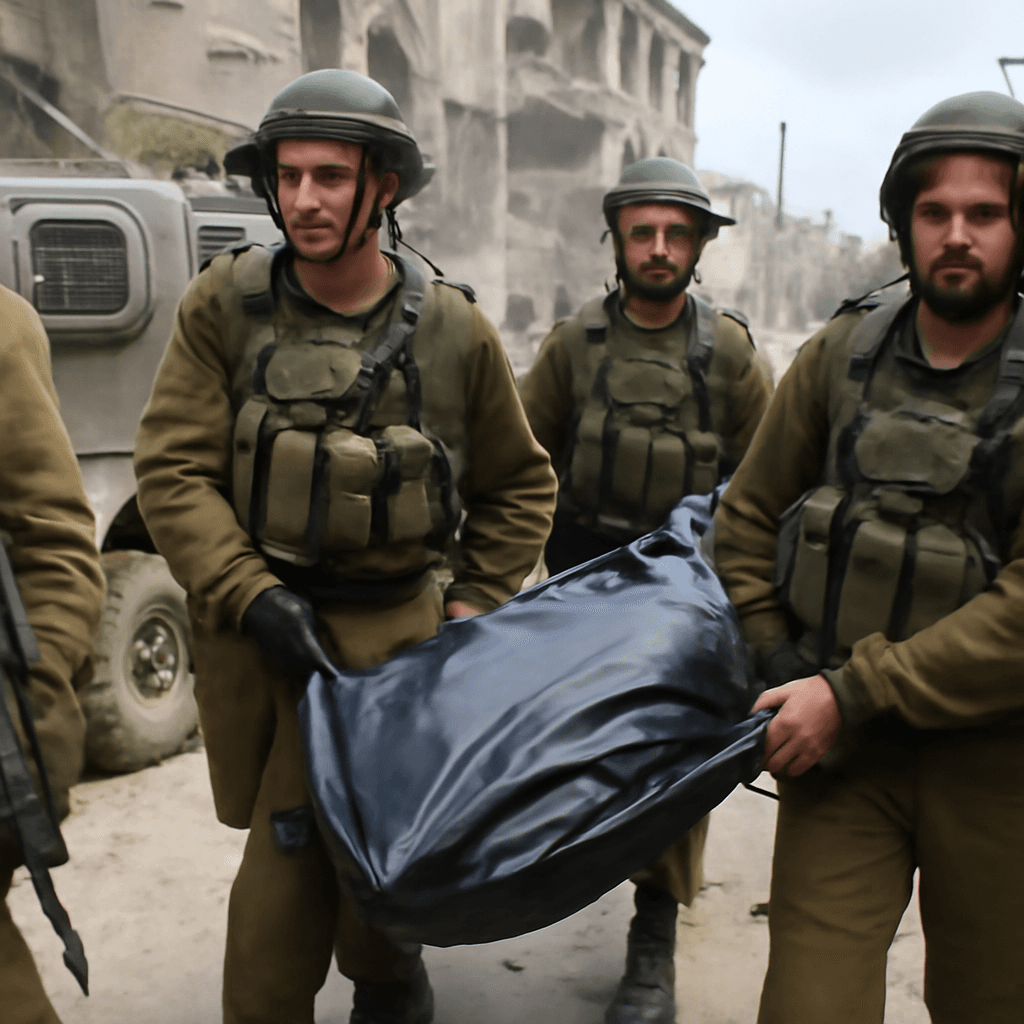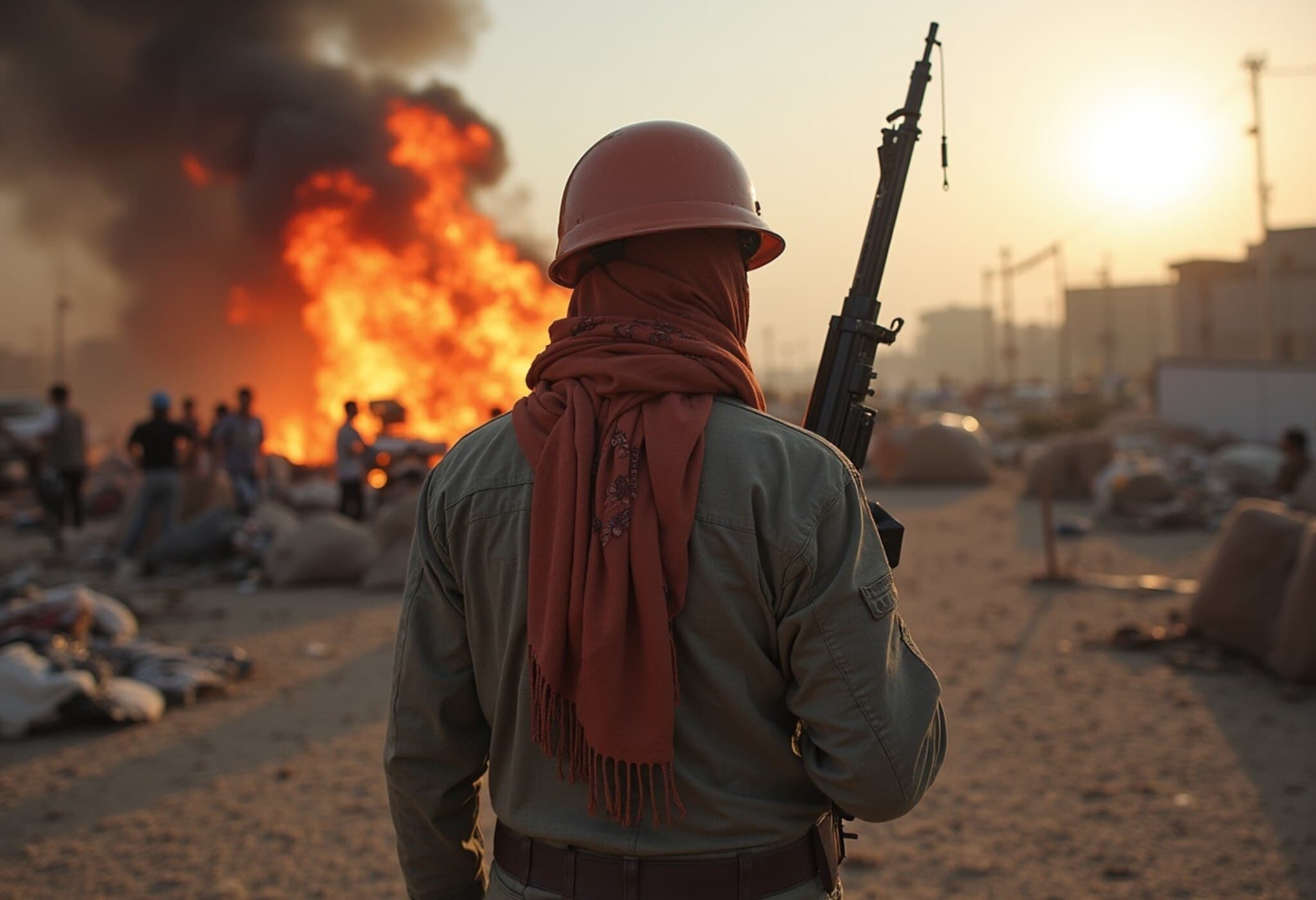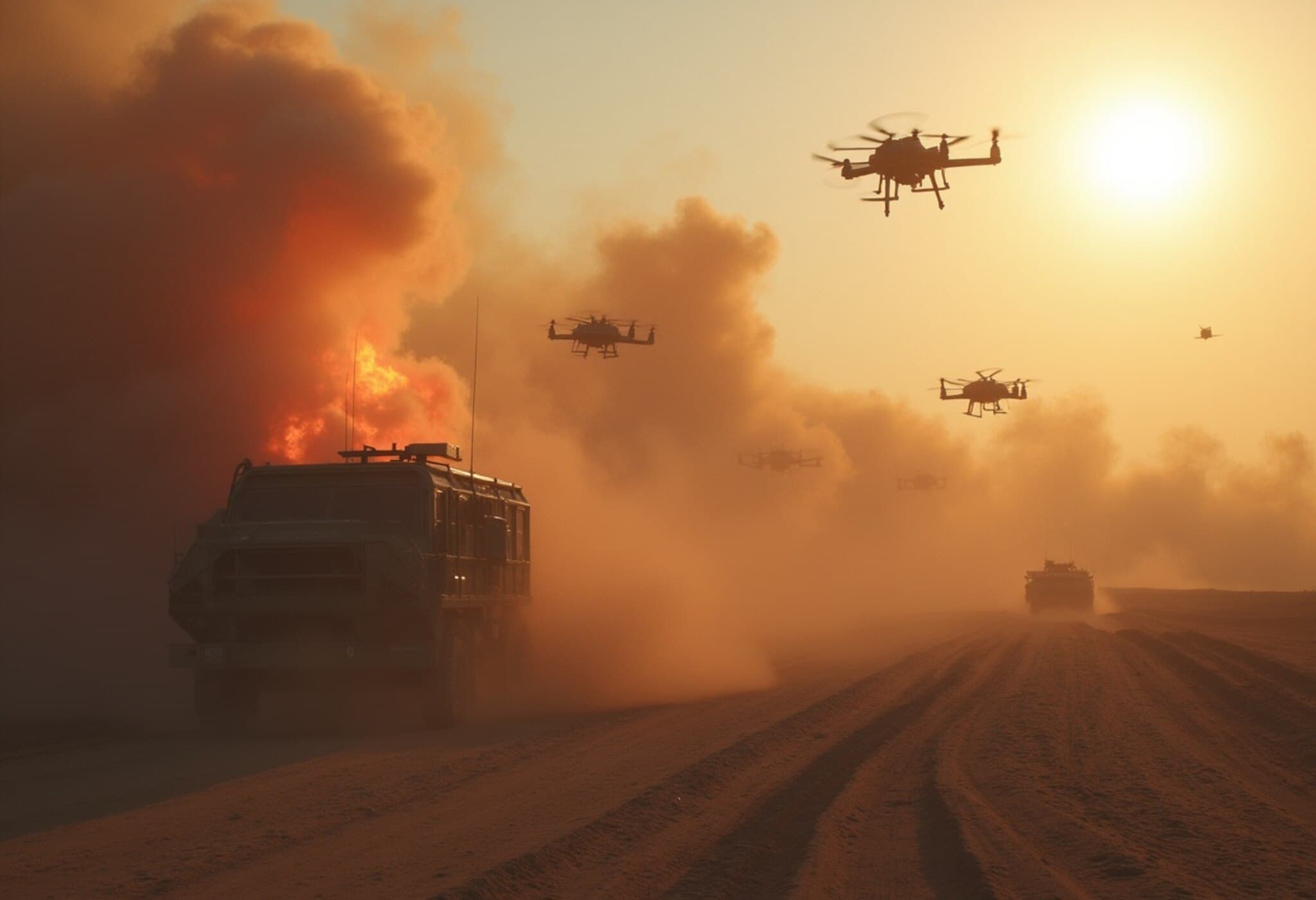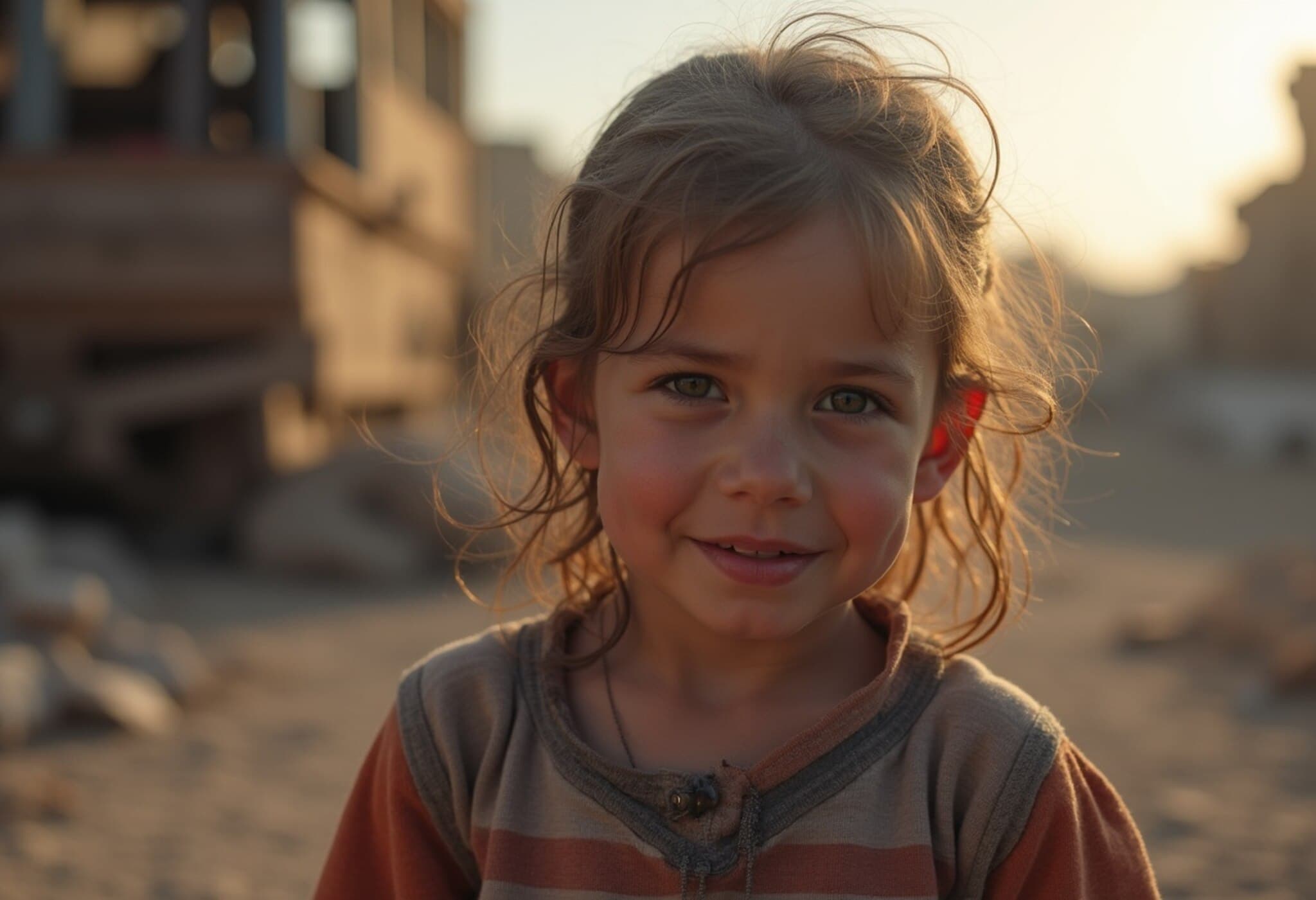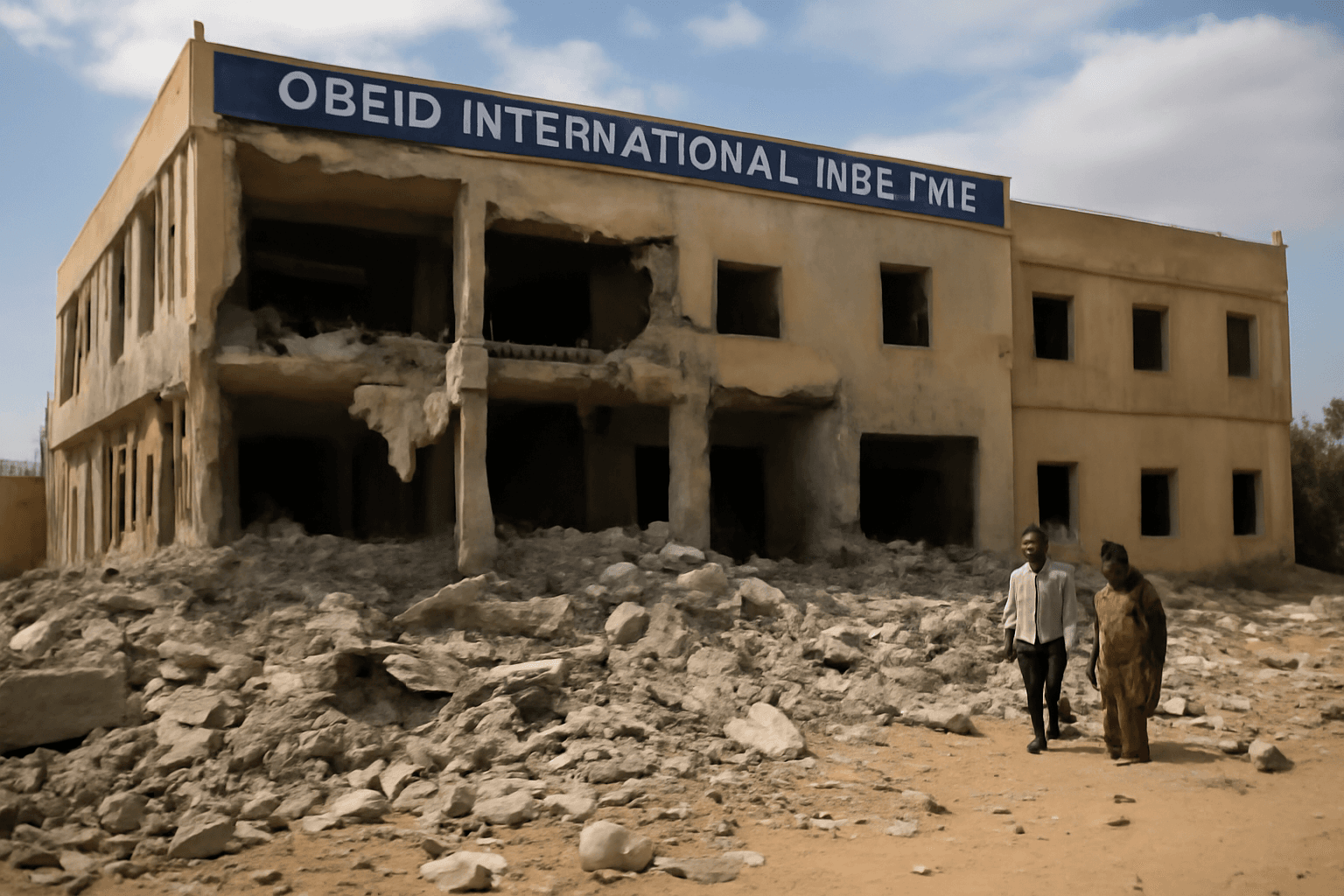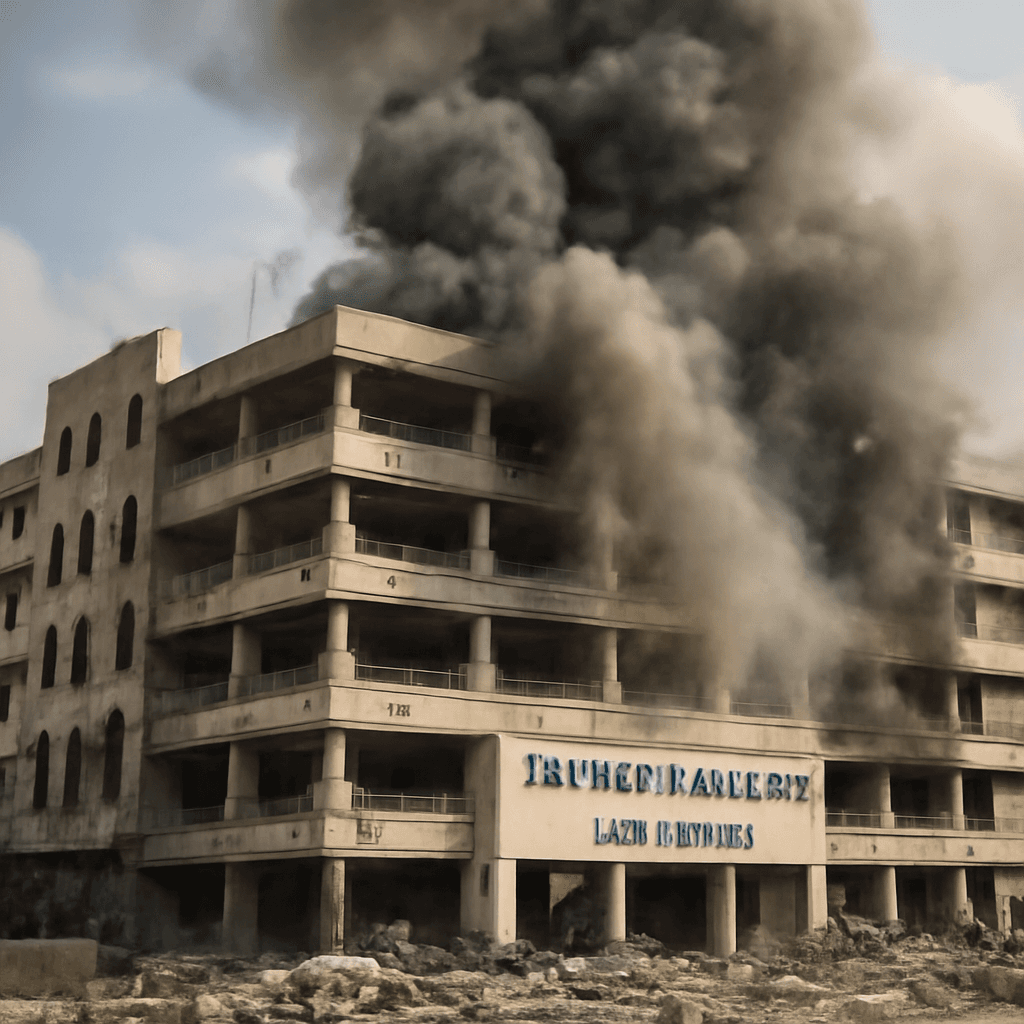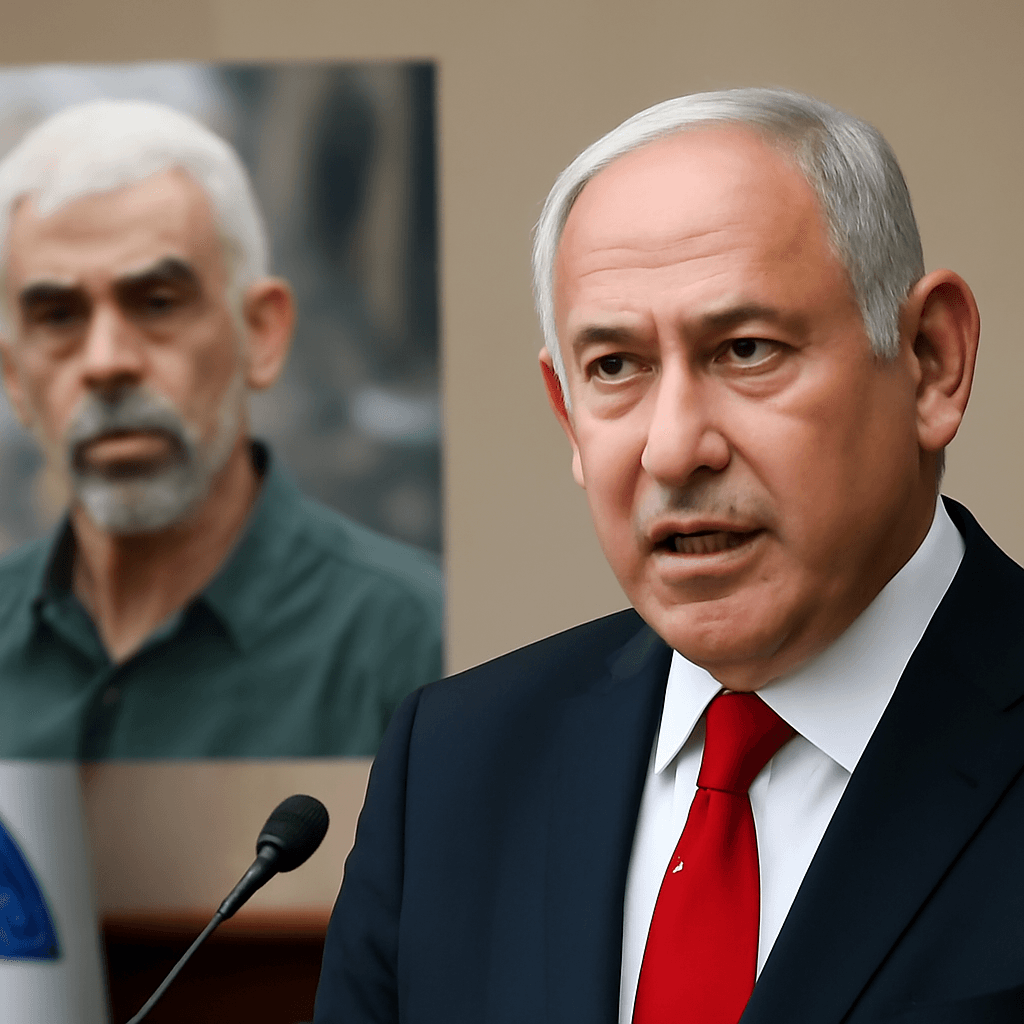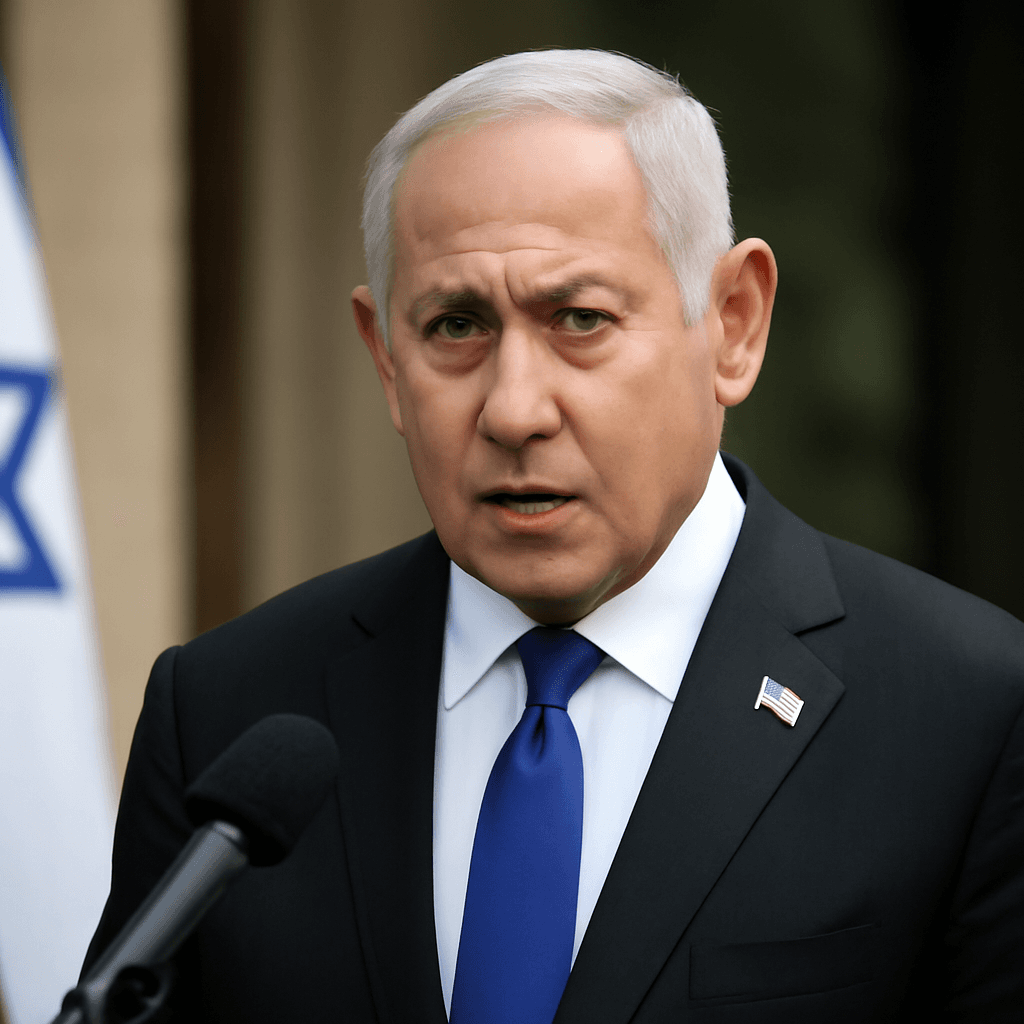How Much of Gaza Remains Intact? Assessing the Hidden Toll
As the Gaza Strip grapples with relentless conflict, the question looms large: how much of this densely populated enclave still stands? Official statistics paint a grim picture, yet independent analyses suggest that the reality may be even harsher than reported. Limited access for journalists and aid organizations has forced experts to rely on satellite imagery, ground surveys, and demographic data to piece together the full extent of the devastation.
Satellite Imagery Reveals Widespread Destruction
One of the most revealing methods to estimate infrastructure damage has been through tracking changes in building outlines via satellite images. UNOSAT, the United Nations' satellite analysis agency, reported by early April that over 190,000 buildings in Gaza — approximately 70% of pre-war structures — have suffered damage. Of these, around 102,000 buildings were completely destroyed.
Corroborating this staggering damage, the World Bank estimates that roughly 300,000 homes have been lost, including nearly 77% of all apartment buildings, which were home to a significant portion of Gaza's two million residents.
The Massive Scale of Rubble and Its Implications
Damage is also quantified by measuring the debris scattered across Gaza’s landscape. UN Habitat’s recent assessments suggest that an overwhelming 53.5 million tonnes of rubble now blanket the territory — a 133% rise over fifteen months. This debris complicates humanitarian access and future rebuilding efforts, smothering what little infrastructure remains functional.
Displacement and Density: Life in a War Zone
Prior to the conflict, Gaza’s population density was already among the highest in the world, comparable to cities like Madrid, compressed into just 365 square kilometers. Forced displacements combined with military restrictions have now confined the majority of residents to less than 13% of this area. Many survive in makeshift tents amid rubble, enduring one of the most claustrophobic and precarious living situations globally.
Scenes from refugee camps like Jabalia underscore the human tragedy unfolding — families displaced by relentless bombing return to flattened neighborhoods, many with nowhere else to turn.
Casualty Estimates: Beyond Official Counts
Aside from physical destruction, the human toll remains deeply contested and likely underreported. The governance of Gaza by Hamas limits independent verification, leading experts to use alternative methods to estimate fatalities.
A study by Michael Spagat and colleagues at Royal Holloway University of London estimated that by early January 2025, the death toll ranged between 60,000 and 90,000 violent deaths, with at least 50% being women, children, or elderly residents. Moreover, indirect causes — including collapsed healthcare, sanitation failures, and food shortages — may have contributed an additional 4,500 to 12,500 deaths.
Contrastingly, official figures released by local authorities and Israeli sources have reported somewhat lower numbers, with roughly 47,500 deaths counted by January 2025. This discrepancy highlights challenges in obtaining reliable data amidst ongoing hostilities.
Shockingly, these losses represent 4 to 5% of Gaza's pre-war population — a demographic catastrophe with no recent parallel.
Further compounding the crisis, analysts estimate that life expectancy in Gaza has plummeted by over 35 years, now hovering at nearly half its pre-conflict level. This decline surpasses historic demographic drops seen during China's Great Leap Forward and is comparable in absolute terms to the aftermath of the Rwandan genocide.
Impact on Essential Services and Costs of Reconstruction
The war has devastated Gaza’s already fragile infrastructure. By August 2025, the United Nations noted that about 76% of schools had been directly hit by airstrikes, while 95% of hospitals suffered significant damage. Such destruction has left millions without access to education, healthcare, or adequate shelter.
The financial burden of rebuilding Gaza is daunting. The World Bank estimates reconstruction costs at approximately $53 billion (USD), more than twice the combined pre-war GDP of Gaza and the West Bank. These figures underscore the urgency for international aid and long-term peacebuilding strategies.
Expert Perspectives: Understanding Gaza's Crisis in Context
From a policy perspective, Gaza’s devastation is unprecedented in scale and short-term impact. The confluence of densely packed population, continuous bombardment, and limited humanitarian access has precipitated a multisectoral crisis that will take decades to address.
Experts emphasize that beyond rebuilding physical structures, addressing the psychosocial trauma, healing deep-seated political divisions, and rebuilding institutions is critical. The demographic shock not only affects Gaza but also has broader regional implications, influencing migration patterns, political stability, and international relations.
What Lies Ahead?
As international observers call for ceasefires and peace negotiations, the people of Gaza face overwhelming challenges: how to survive amid ruins, care for the wounded and displaced, and envision a future after the loss of nearly a fifth of their homes and a significant portion of their population.
With few safe areas left and infrastructure in tatters, the humanitarian community continues to press for immediate relief and robust reconstruction efforts once hostilities end.
Editor’s Note
The ongoing conflict in Gaza is shaping one of the most destructive humanitarian crises of the 21st century. As satellite imagery and independent studies reveal the depth of devastation far beyond official accounts, we must confront uncomfortable questions about protecting civilians in protracted conflicts and the international community’s role in post-war reconstruction. Readers are encouraged to consider not just the numbers, but the human stories behind them, and to stay informed as the situation evolves.

